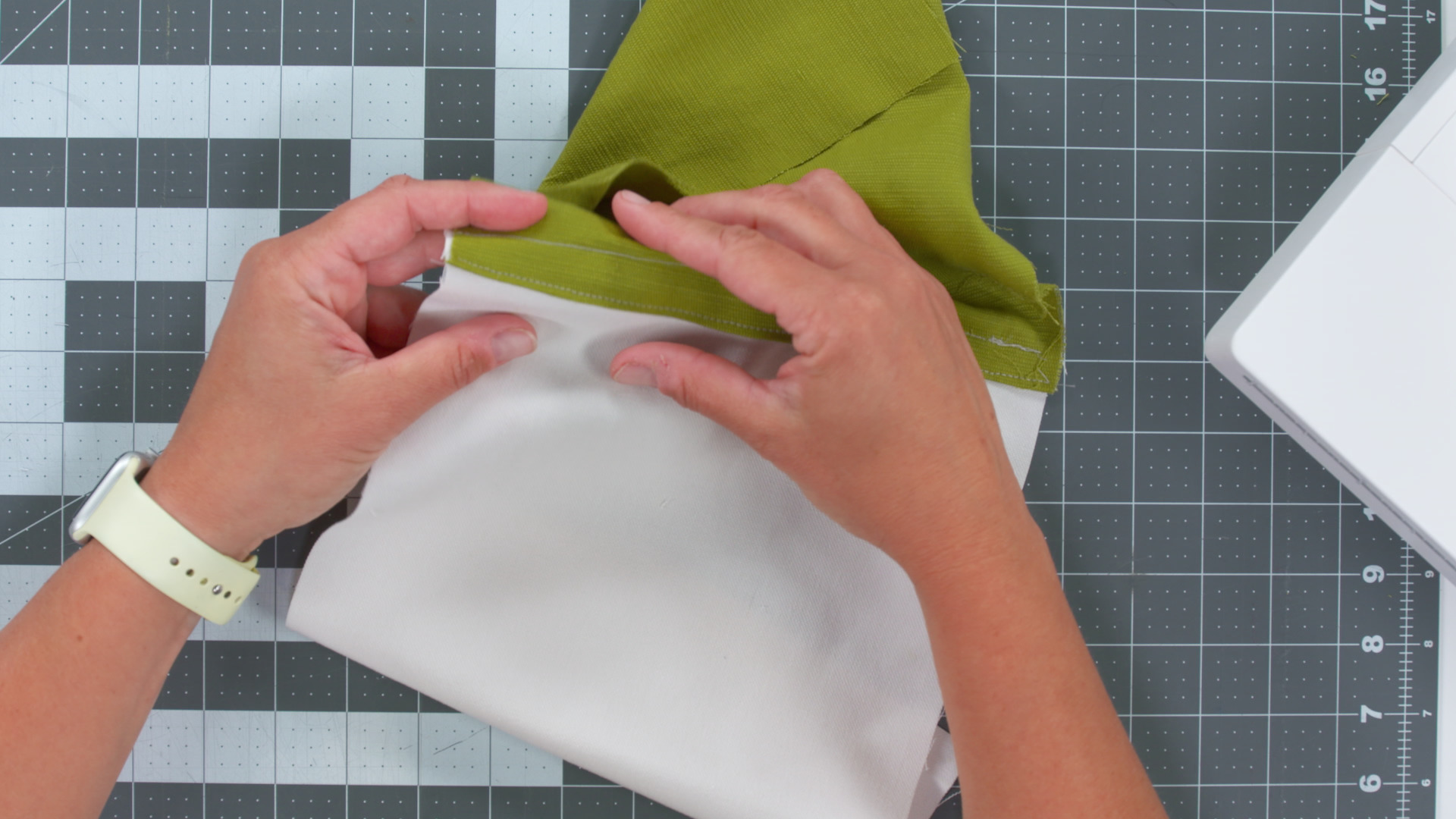Interlocking Hem
Emily Steffen
Description
The Interlock Stitch
This stitch begins by pressing the raw edge of one fabric piece toward the right side according to your desired finished seam width. Press the raw edge of the piece to be joined the same amount toward the wrong side.
Nest the raw edge of each piece within the fold of the opposite piece. Then, edgestitch the fold of each fabric piece to complete the interlock stitch.
The resulting seam looks very similar to a flat-felled seam, which is typical on jeans. The difference is that the flat-felled seam is stitched first, with wrong sides together. One side of the seam allowance is then trimmed down, and the other seam allowance is folded over and topstitched down.
Another similar encased seam is called the run-and-fell seam, which is created the same as the flat felled seam, but the fabric pieces are stitched first with right sides together. Then the same process is followed to trim one seam allowance and fold the other over, then topstitch. The difference is that the two lines of stitching are visible on the right side for the flat-felled seam, but for the run-and-fell, only one line of stitching is visible on the right side.
All of these seam techniques can be used to join any fabric pieces together, as for garment seams, such as jackets or jeans. The seams are very strong, as two lines of stitching are used, and are excellent to use with bulky fabrics such as wool and denim, as the seam is very flat.